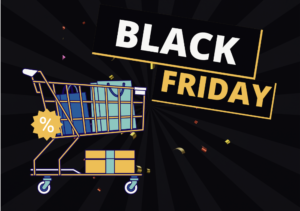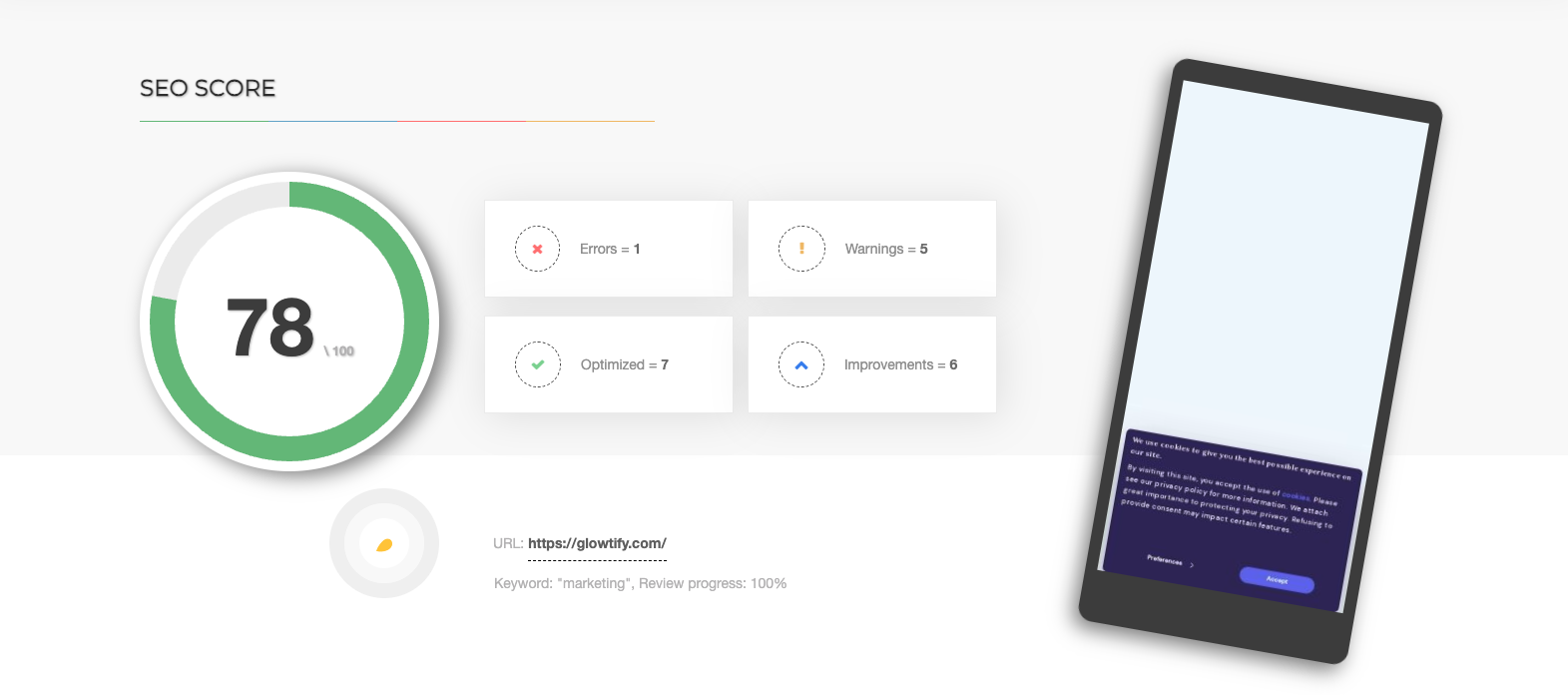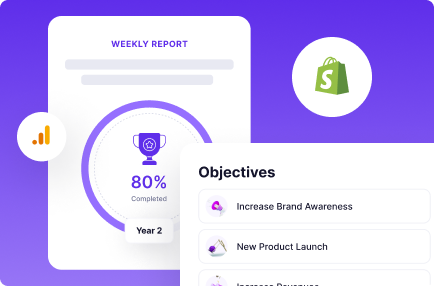Table of Contents
As a businessman, you know that sales are necessary for your business. But how do you choose the correct discount levels for your sale? It can be tricky to find the sweet spot, where you’re attracting customers without selling your products or services at too deep a discount.
To find the sweet spot, you’ll need to consider your business’ markup, how much competition there is in your industry, and what consumers are used to paying. This blog post will give tips on choosing the correct discount levels for your sale. Keep reading to learn more!
What Do You Need To Consider When Deciding How Much To Discount Your Sale Items?
Following are some key factors to consider when choosing discount levels for your sale items.

The Product Costs How Much To Make:
To make a profit, you need to sell your products or services for more than it costs you to produce them. When setting your sale prices, ensure that you’re still making a profit after applying the discount.
What Is The Level Of Competition In Your Industry:
If there are a lot of other businesses selling similar products or services, you may need to offer a deeper discount to attract customers. On the other hand, if you have a unique product or service, you may not need to offer as deep of a discount.
What Are Consumers Used To Paying:
In some industries, consumers are used to paying high prices and may be willing to pay full price even during a sale. In other industries, consumers are used to paying low prices and may only be willing to buy if there is a significant discount.
How Do You Determine The Right Customer Discounts Without Affecting Your Bottom Line?
Here are a few key ways to determine the right discounts to offer customers without affecting your bottom line too much.

Look At Your Business Markup:
Your markup is the difference between what it costs to produce an item and the price you sell it for. To calculate your markup, divide your selling price by your cost of goods sold (COGS). For example, if an item costs $10 to produce and you sell it for $20, your markup would be 100% ($20/$10). In general, businesses aim for a markup of 50-100%. If you’re selling items with a low markup, you may need to offer deeper discounts to attract customers.
In Your Industry, Take A Look At The Competition:
If there is a lot of competition in your industry, you may need to offer deeper discounts to attract customers. On the other hand, if you have a unique product or service, you may not need to offer as deep of a discount.
Think About What Consumers Are Used To Paying:
In some industries, consumers are used to paying high prices and may be willing to pay full price even during a sale. In other industries, consumers are used to paying low prices and may only be willing to buy if there is a significant discount.
What Are Some Tips For Setting Reasonable And Profitable Discount Levels For Your Merchandise?
Here are a few tips for setting reasonable and profitable discount levels for your merchandise:

- Make sure you’re still making a profit after applying the discount. To do this, calculate your markup and ensure it’s still above 50%.
- If there is a lot of competition in your industry, you may need to offer deeper discounts to attract customers.
- In some industries, consumers are used to paying high prices and may be willing to pay full price even during a sale. In other industries, consumers are used to paying low prices and may only be willing to buy if there is a significant discount.
- Try different discount levels and see what works best for your business. You might have to try different things before you find the right balance between bringing in customers and making money.
These tips will help you set discount levels for your goods that are fair and profitable. By making sure you still make money after the discount, you can attract customers without too much of an effect on your bottom line.
When Planning A Sale, How Do You Know What Percentage Off To Offer?
One of the hardest things for many stores to do when planning a sale is to determine the right discount or percentage off. This is often called the “cannibalization effect” because it can directly affect the sales of your other products. Customers with various discounted items may be more likely to purchase lower-priced items than their usual favorites or more expensive offerings.
But a lot of thought needs to go into choosing the right products for promotion since offering big discounts may not be enough to get people interested and boost sales. By carefully considering things like customer interest, profit margins, and market demand, retailers can find the right percentages to help them reach their business goals and stay profitable.
When done right, promotions can bring in more customers and lead to more sales while building loyalty among existing customers. So, if you want to effectively and profitably connect with your customers, you might want to use promotions as part of your overall marketing strategy.
When Using A Promotion, What Factors Should Be Considered?
When using a promotion, several key components are important to consider. These include pre-promotion, promo/promotion, post-promotion, and cannibalization effects. Pre-promotion effects are how your customers and sales were doing before the promotion.

During this time, your sales might be a little lower than usual because people are waiting for the sale or promotion that is coming up. However, once the promotion begins, sales will typically increase significantly as customers take advantage of the discounted pricing.
In addition to pre-promotion effects, promo/promotion effects and post-promotion effects can impact your sales figures. The promo/promotion effect encompasses any increase in sales directly from your promotional activity.
Post-promotion effects, on the other hand, are when sales go down after the promotion is over. This is often due to market saturation and can lead to what is known as “cannibalization,” – when one product starts competing with similar products on your shelves for market share.
To figure out if a promotion has been financially successful or not, you need to look at these different things and figure out how they have changed over time. By taking these different parts of marketing into account, businesses can better manage their marketing efforts and get the most out of each campaign.
Conclusion:
To sum up, businesses should think about pre-promotion effects, promo/promotion effects, post-promotion effects, and cannibalization when planning a sale or promotion. By taking all of these things into account, businesses can better manage their marketing efforts and get the most out of each campaign.
Also, by keeping an eye on sales numbers during and after a promotion, businesses can learn more about how the promotion affected sales and make any changes they need to stay profitable. This blog post was written with the expectation that you’d find it interesting. If you have any opinions, please share them with us below.

Want more SEO traffic?
Discovering the secret to increasing your website’s traffic could be as simple as accessing this Free SEO analyzer tool!
Try it - it's free

